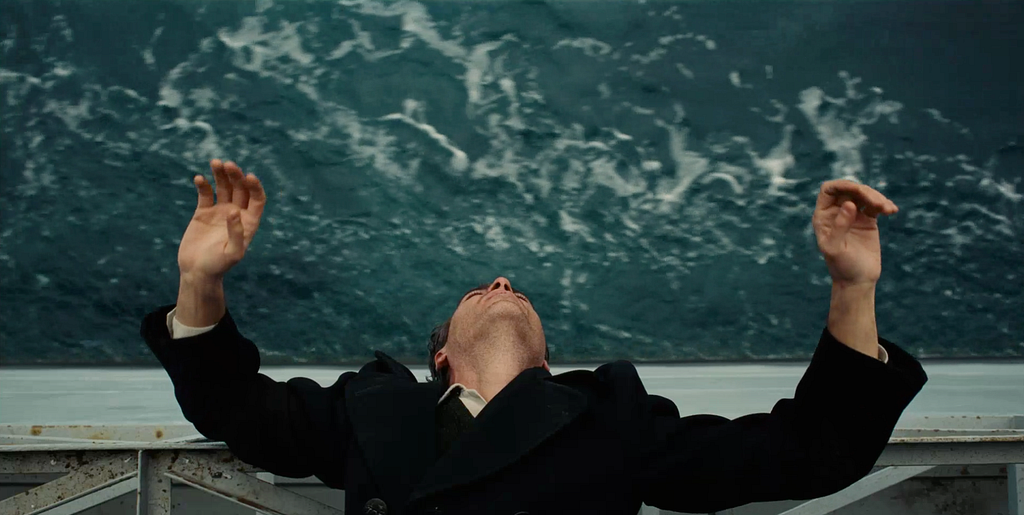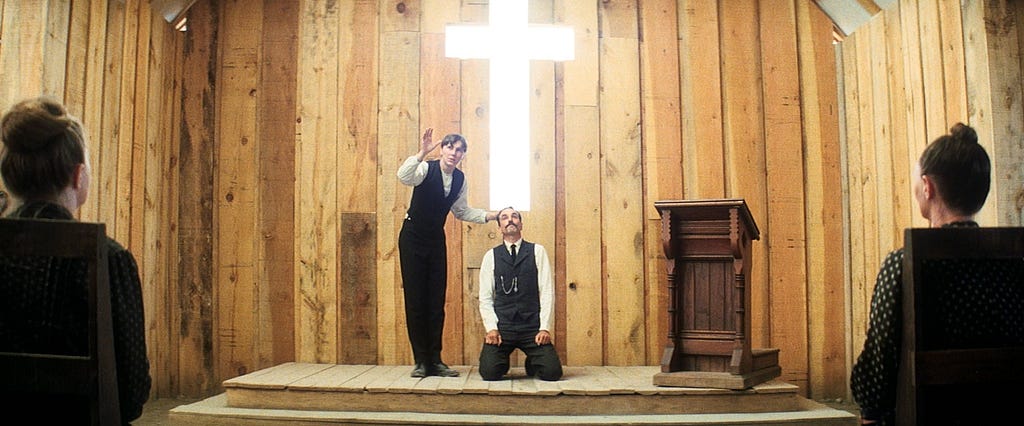Latest news about Bitcoin and all cryptocurrencies. Your daily crypto news habit.
Lancaster Dodd: You seem so familiar to me.
Freddie Quell: Yeah, what do you do?
Lancaster Dodd: I am a writer, a doctor, a nuclear physicist, a theoretical philosopher… but above all I am a man. Hopelessly inquisitive man, just like you.
No one escapes what’s certain to befall on them. At the end it is just that, the end. A lifetime that began unfolding, eventually overreaches and drifts afar till it slips away.
Before the medical revolution in the early 1900s, Catholicism and other Abrahamic religions were the powerhouses in guiding peril and despair away from the forefront of the mind. But as science and technology dissected the delicacy of the syrup that’s stuck life to all of us, our ambition has only grown. Freedom has grown rich and so now towers over the rotten veggie-patch of confinement. As we drift through our time, so does our hands — extending further into the unknown.
Consider the following scenario:
An architect begins work on his most grandiose design yet, a hallmark of human-achievement, the example of craftsmanship and a celebration of what is yet to become. The scale and expertise necessitated for the project is so overwhelming that it’s guaranteed to outlive the architect. Can the project ever be completed?
Possibly — but as you consider such a scenario you can see the spatial and temporal dimensions that choke any project. In short, it seems that projects that may take hundreds, if not thousands of years to be complete are just impossible to deliver.
What projects could these be? Here’s five:
- Human civilisation completely transitioning to renewable energy,
- Niche science and technology projects that offer high-reward despite large investments of time,
- Non-belligerent mass-scale colonisation of Mars,
- Inter-solar system mining on desolate and barren asteroids,
- Constructing megastructures in space.
In each of these scenarios, the smallest timescale spans into centuries. Such a timescale is at risk of just too many human and environment variables to believe with certainty that what’s envisioned today, will be welcomed and advanced tomorrow.
Nearly 1500 years ago the Ancient Greeks had perfected the human-body in three-dimensional, marble-sculpture. A marvel even in today’s standard. And yet, by 1300 AD, society had forgotten such techniques.
There’s a set of projects that we’ve all had to reject because of their timescale. Perhaps the fear of shareholder rejection leads boards to cower from committing to such projects, but any project that spans centuries is clearly not just transformative for humans, but quite possibly the entire Universe.
Automation isn’t for now but after we’re gone. Machines will be able to implement the visions of the designer, effectively becoming agents of a philosophy that was enshrined on them. This isn’t too different today with how many view their purpose with respect to religion or politics. But unfortunately they’re constrained by biology.
If a machine was to ever become fatally wounded, it could simply do this to another:
cp -a purpose/vision/. /purpose/
Copy its programmed ‘vision’ and transfer it to another.
Machines are simply immortal.
Once automation reaches the spectre of agency that competes with that of ourselves, a new type of project will be opened: generational construction.
Code designed to hurt was originally published in Hacker Noon on Medium, where people are continuing the conversation by highlighting and responding to this story.
Disclaimer
The views and opinions expressed in this article are solely those of the authors and do not reflect the views of Bitcoin Insider. Every investment and trading move involves risk - this is especially true for cryptocurrencies given their volatility. We strongly advise our readers to conduct their own research when making a decision.



